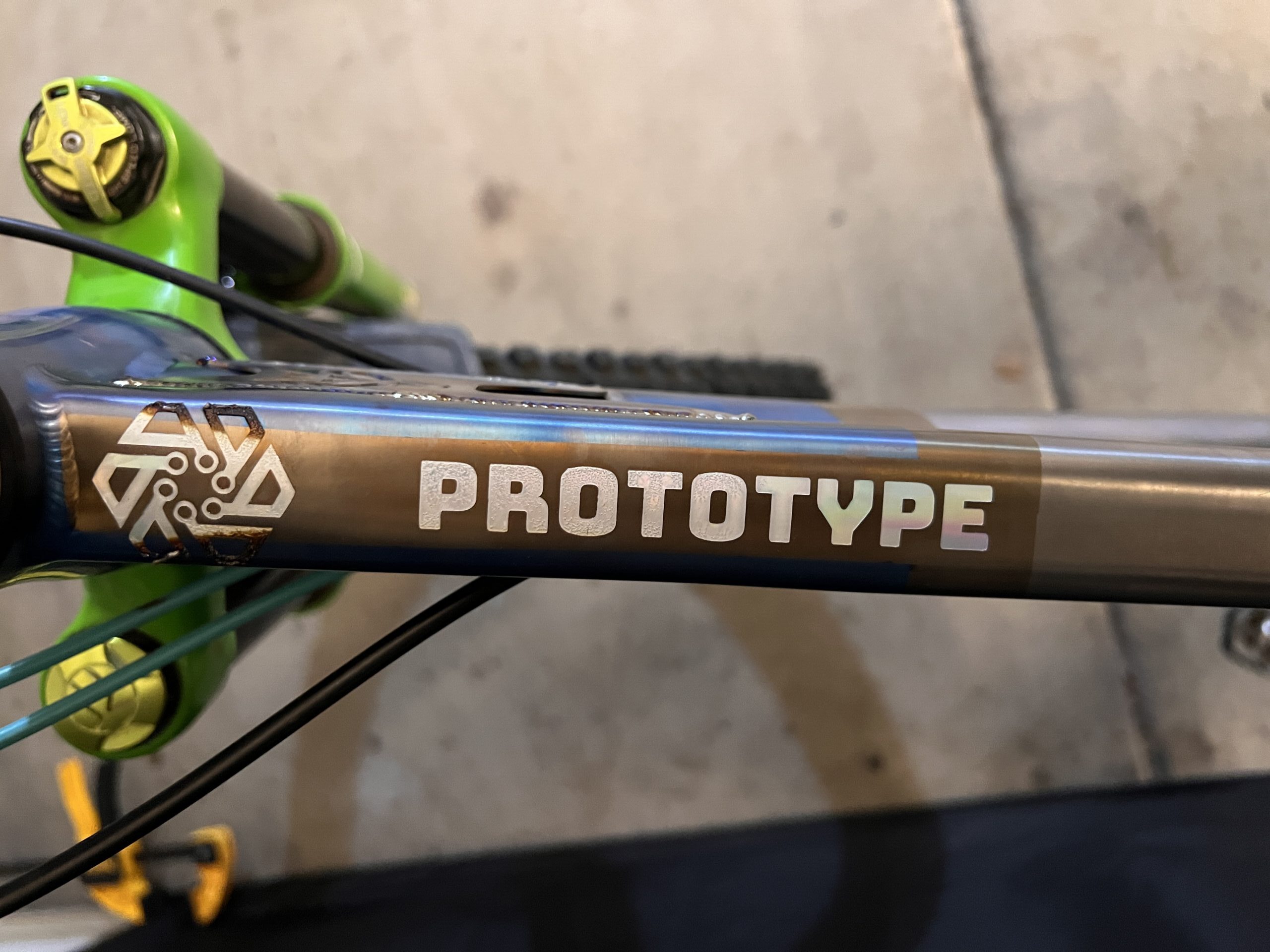Phil Thomas is working on prototypes for his Coyote FSt – Full Suspension trail – bike. As part of the process, he’s developed a bunch of suspension path sketches that we thought would make a great quiz. But before you get to that, take a closer look at his bike, and the thought process behind it.

Where do you live and what kind of riding do you like to do?
I live in the aerospace capitol of the world, Los Angeles. The mountain biking here is shockingly good as well, almost all of the rides here involve very steep climbs with loose, and rocky descents. Pretty much everything is accessible year round with the exception of summer time where you have to start the ride early morning. The MTB community here is absolutely amazing and we have some of the most active trail building communities around. Shout out to the Mount Wilson Bike Association MWBA for maintaining some truly epic single track. They maintain hundreds of miles of trails for bikers and hikers in the Pasadena Area. Additionally they foster and encourage a sense of cameradary amongst the hikers and bikers. Plus there are hundreds if not thousands of miles of fire roads in the Angeles National Forest to explore.
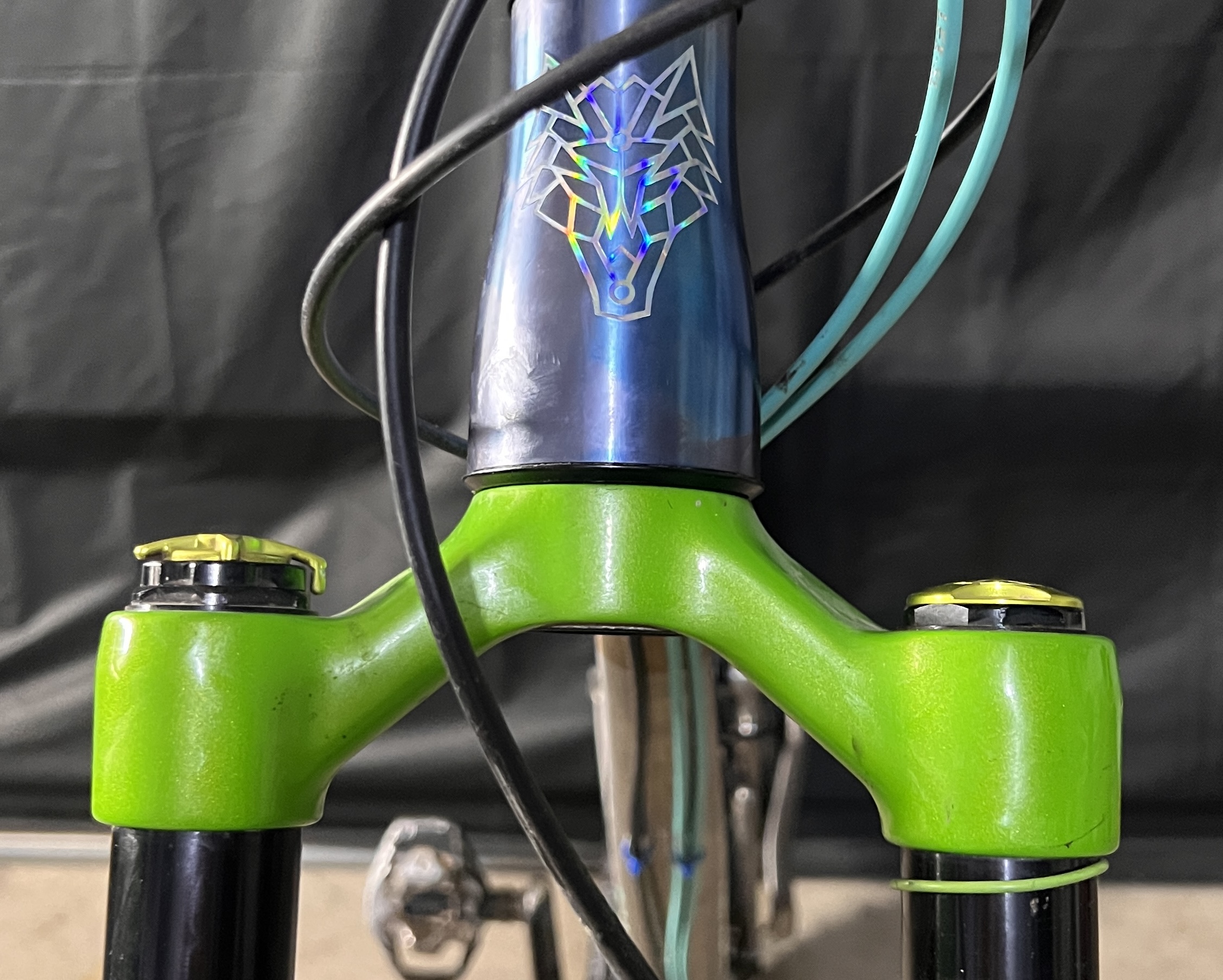
What was your goal with the Coyote Fst design?
The design goal for the Coyote FSt was to make a mountain bike suitable for exploring the fire roads, riding the single track, and also hitting the occasional park day while coming close to, if not matching the same level of reliability as the Pinion Gear Box. So basically one bike that does it all, good for bike packing, park days and everything in between. I actively tried to avoid any trends, to create a timeless mountain bike that is not going to look and feel dated in 10-15 years. The reliability factor is definitely the difficult part. The first iteration hit a lot of the boxes but wasn’t good enough so, I am continuing onto the next iteration to improve the design.
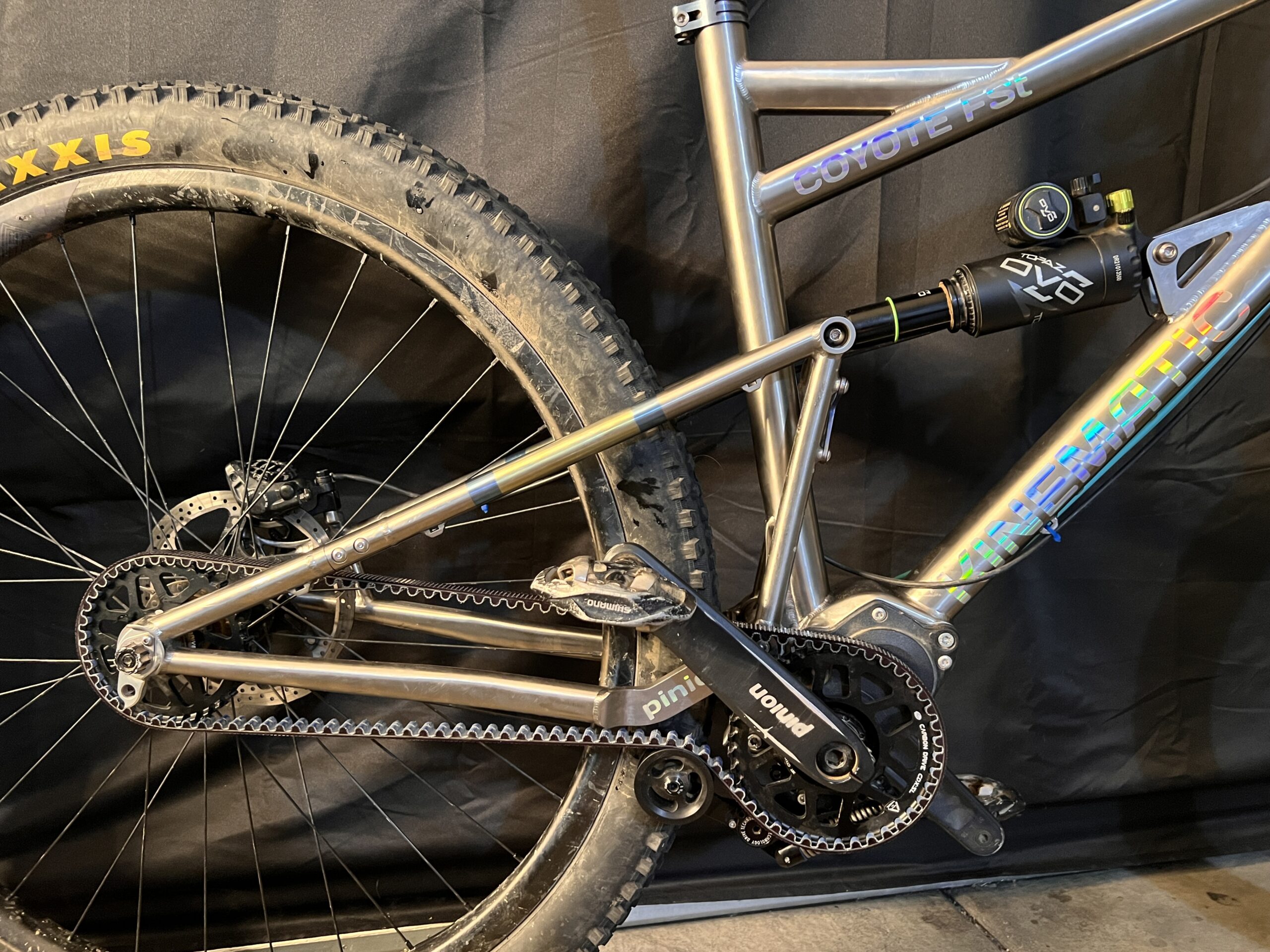
Why a Pinion and belt drive?
Opinion Piece
So as an engineer and someone who cares about the environment I found that the current drive train systems were essentially designed to fail. Its good for “big derailleur” to make a drive train that needs to replace before the fatigue life of the frame runs its course. I personally take issue with that for a number of reasons. Pinion seemed like the first company, at the time, that felt the same way. I think the thing that really bothers me is that big derailleur has the resources to better serve their customers by creating a drive train that would last longer but its not in their best interest to do so, which results in sub par products for the consumer. With respect to the belt drive, I was actually anti-belt drive for a while because it seemed like it would be harder to service but after riding one and realizing how much less service it requires I am now very pro belt drive. The belt does not stretch which was strange, I had no idea how much my chain stretched until I rode a belt drive. This results in a much longer service interval and virtually zero drivetrain wear.
Succinct Answer
The short answer to this question is that Pinion is more reliable, and lasts longer which is better for the environment. It preforms better too, after shifting while not pedaling I don’t want to go back to pedaling and shifting chewing up my $300 cassette. The weight being centered between the feet instead of 440mm behind the booty has a huge impact on performance as well. The belt drive feels and rides better than chain drive, they are also totally silent which is another that you might not notice until trying it. My rear hub is so loud now! Belt drives also have a much longer service interval.
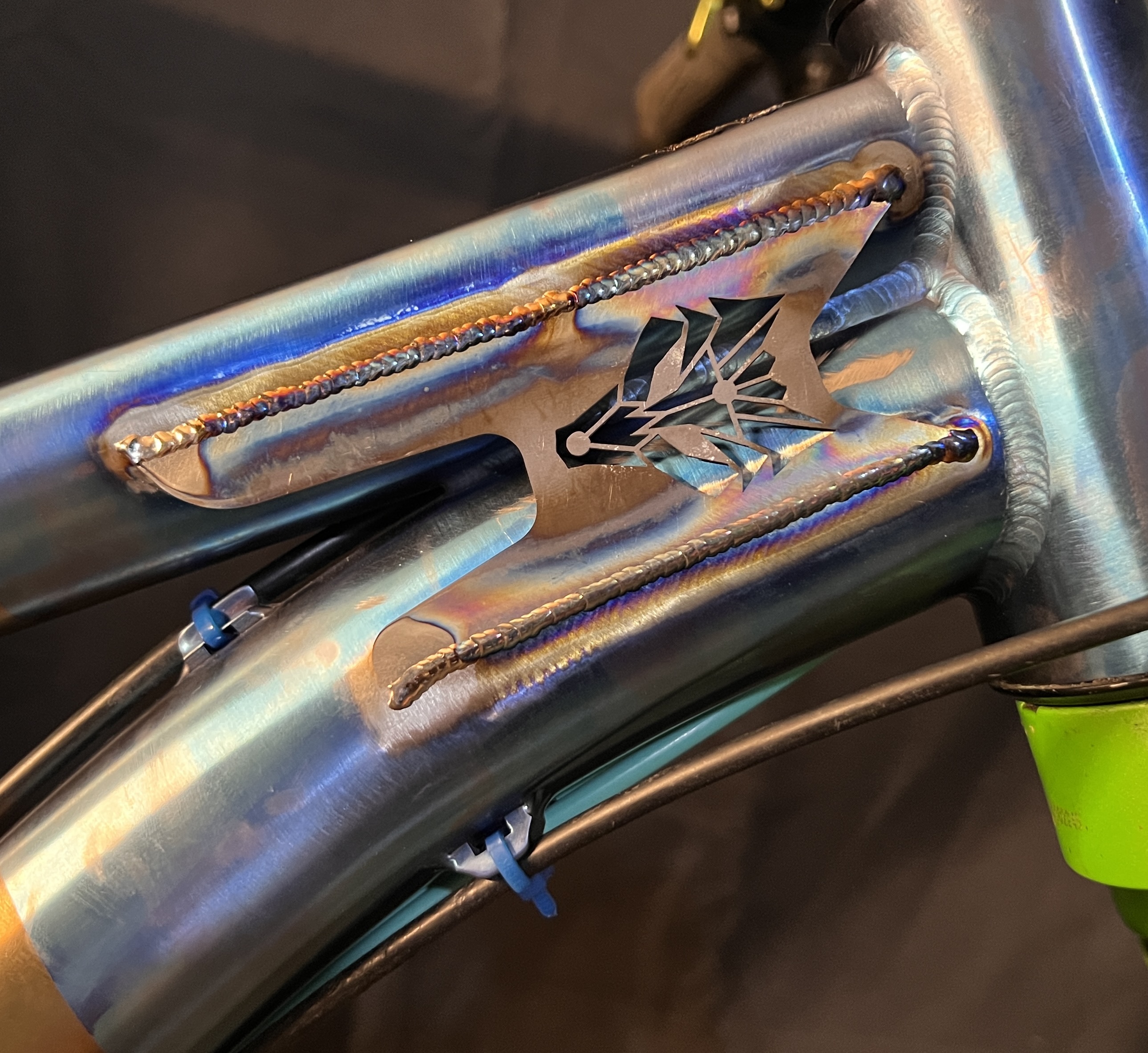
Key geo and suspension numbers? Tubing and construction info?
So, the key geo that is nailed down for the V2 at the moment is a 150mm fork with an option for 160mm to slacken things up. The super steep seat tube at 79°-81° is also going to stay, it is perfect for the climbs in Los Angeles and I find the upright position more comfortable when riding on flat the flats. The head tube is going to stay at around 65.7°- 66.3° because I don’t want a super slack head tube on the default version because in general I didn’t think that the sacrifice in climbing performance is worth it considering I spend so much more time climbing than descending. But I am definitely going to provide all the specs for running a mullet set up with a 160mm fork for people who want a more enduro style bike. This would put the head tube geo at around 64.5 which is going to land in that category. For rear travel it is going to be around 135-145 with an option for an extra 10mm by changing the shock to a longer stroke length. Another hard requirement that I am holding on the V2 is the possibility for a large frame bag. For the tubing and construction, it is up in the air right now. I am torn between titanium and aluminum. They are both amazing materials, but I am leaning towards aluminum at the moment. My plan is to create miniature prototypes of multiple suspension designs with different profiles and materials and then let the community decide which ones they like best.


What was tricky to get right?
It has been really tricky to design a frame with a broad range of functions. I found that most bikes excel at one thing and I want mine to excel at many things, this is super challenging because I am not willing to make any sacrifices. Durability and reliability have been challenging as well. Suspension design has been really tricky not so much the technical aspects but more on the patent infringement side of things, but this is a good thing because it will result in the best suspension possible instead of using a design that I know won’t cause any problems.
You’re obviously paying attention to others’ designs. Which company do you think is producing interesting mountain bikes right now?
From my research DW Link is the best suspension design; an exceptional balance of performance and simplicity. The patent just expired too so it is a possibility that a similar design could make it onto the Coyote FStV2, we’ll see. With respect to game changing companies, I like Nicolai and Pole. Pole because they are making some crazy suspension designs while prioritizing sustainability. They are the front runners on the machined aluminum frame which is getting copied a lot right now. Nicolai because of the simple suspension design, early adoption of gearbox, and their bikes are built like a brick shit house, in Germany no less.

Is it a passion project for you to ride, or something you’re hoping to sell? (If it’s for sale, how much?!)
This is both a passion project and something that I intend to sell. I have been building relationships with some seriously mind blowing factories. Once I hammer out the design with customers and my factories I’ll get a better idea of price. I would really like to be available to everyone, (not just dentists). I am working on a number of things that would make this possible. I have also been designing and testing some really great apparel which will hopefully help with the introductory manufacturing costs.

Did you build it yourself? If yes, which bits were most challenging? And/or most satisfying?
I do not build the frames myself. I love working with my hands but I leave the building aspect of the bikes to the experts. This is good because it frees me up to focus on something that I am amongst the best in the world at which is engineering design. The most satisfying aspect has been building relationships with the factories and customers. I really enjoy getting their feedback with what works and what doesn’t from both a functional perspective and manufacturing perspective. My favorite thing is to inspire younger generations to study engineering. Engineering has been extremely rewarding for me and is my calling. Bikes were the inspiration to start that journey. The most challenging aspect right now is figuring out what I can and cant do with respect to intellectual property of established bike companies. I am determined to be respectful and play by the rules but I get the impression that a lot of existing patents would no longer fly. Patent laws changed about 10 years ago after lawyers started patenting existing designs and suing their creators. Sometimes I feel like I am stepping on toes in this industry since I don’t intend on patenting anything and publish my designs as soon as I get a concept down, this prevents an idea from being patentable. This is good the customer because it means innovative products will be affordable.

Does it ride as you hoped/expected from the design?
The ride feel of the bike is really great. I love the steep seat tube, the shallower head tube, the belt drive and gearbox combo. It had its problems though, it failed functional testing when riding a park day from a fatigue life perspective. Also, there were a number of tolerance issues on the prototype causing things to crash into each other. It’s still ridable and definitely my go to bike for just about everything. I think the thing that bothered me the most is how low the belt tensioner sits on the frame. The belt tensioner issue was exacerbated by the stupidly low bottom bracket.

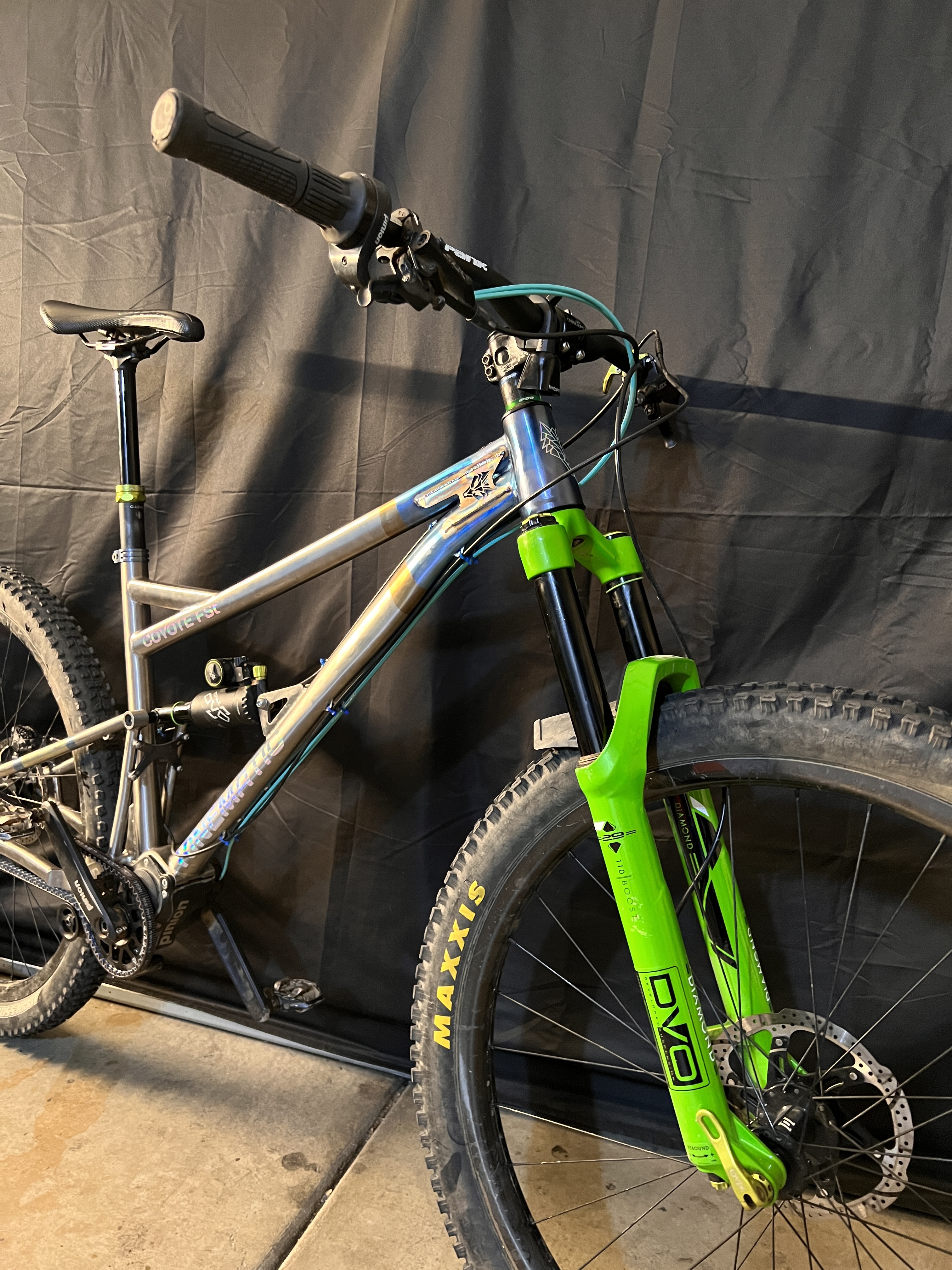
You said you’re working on another version – what’s the goal there?
So I touched on some of the design goals in the previous responses but the main requirements are to have a low center of gravity, room for a frame bag, options for climbing focused geo or descent focused geo, easy maintenance with long service intervals, and belt drive compatibility. Nice to have would be not requiring a break in the rear triangle for the belt drive. Basically trying to design a one bike quiver that will stay classy for a really long time resulting in a lower cost per ride. Basically I want to design a bike with input from the community.


Thanks to Phil for answering our questions and sharing these suspension diagrams. Here’s a taster of the quiz – Singletrack Subscribers can try the full length version here.


Mag Features
all the ARTICLES fROM
The Magazine →

